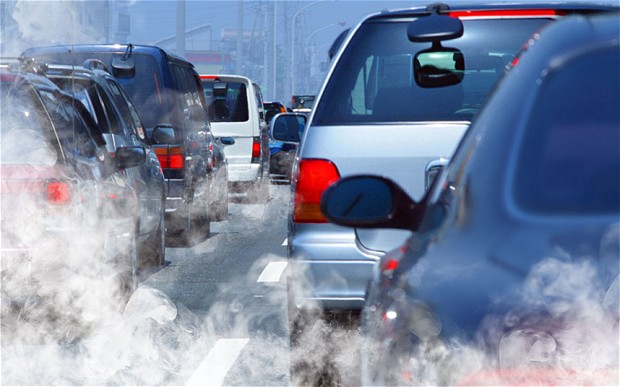No matter for what reason you want to reduce the car’s emission, its benefits are multiple. The pollutants coming from a car’s emissions pollute the environment and pose a threat to the ozone layer. On the other hand, a lot of carbon-based emissions indicate poor fuel economy and lower efficiency. Below are some ideas you can have a try to lower your car’s emissions.
Step 1 – Use Gasoline Additives
If you visit your local auto parts store, you will see plenty of different gasoline additives that can be used in your vehicle. The purpose of these gasoline additives is to help keep your carburetor clean as well as the intake valves and ports in your car’s engine. The cleaning agent found in gasoline additives do an excellent job of keeping these carbon creating parts clean, thus helping your car produce far lower levels of carbon-based emissions.
Step 2 – Use Better Quality Gasoline
One of the easiest ways to reduce emissions in your vehicle is to simply choose a gasoline that has a higher octane level. Instead of using the cheapest gasoline available, consider using middle grade or premium grade gasoline. The higher octane level creates better combustion in the engine (when a car is designed for it) and also helps keep your car engine clean. In fact, many premium grades of gasoline include cleaning agents that are similar to those found in gasoline additives.
Step 3 – Change Air Filter Regularly
Make sure that you change your cars air filter regularly. You should change your car’s air filter every 10,000 to 20,000 miles to keep dirt and other contaminants out of your car engine. By keeping dirt, dust and other contaminants out of your car engine, your car will run more efficiently and produce much cleaner exhaust. Cleaner exhaust always results in fewer emissions.
Step 4 – Change Engine Oil as Required
Make sure that you follow your car manufacturer’s recommendation for changing the oil in your vehicle. Dirty engine oil allows gunk and carbon to build up in your car engine which can produce smog and carbon-based emissions. You should change your car’s engine oil about every 3,000 to 5,000 miles depending on your driving habits and the type of vehicle you drive.
Step 5 – Check Tire Pressure
By keeping the tires on your vehicle properly inflated, you will enjoy not only a smoother ride, but you will get much better fuel efficiency as well. More fuel-efficient vehicles always produce lower levels of common-based emissions. In fact, some estimates report that proper tire pressure can help you increase your fuel economy by as much as 10% or 15%. So, not only will you be helping the environment, you’ll be saving a lot of money on your fuel bill as well.
Step 6 – Don’t Drive as Much
One guaranteed way to reduce emissions from your vehicle is to simply not drive it as much. Instead of driving your car everywhere you go, consider taking public transportation or joining a carpool. The fewer days than your vehicle is on the road, the lower levels of common-based emissions your vehicle will release into the atmosphere.
Related Questions and Answers
Does an Exhaust Silencer Improve Gas Mileage?
If you think that your car’s exhaust is too loud, you may need an exhaust silencer. An exhaust silencer is an automotive aftermarket exhaust component that is usually bolted on to the end of your tailpipe. Some of these exhaust silencers have been shown to reduce engine performance in some parts of the torque band. However, they have also been shown to bring on the mid-range torque at a lower RPM. If the exhaust system is properly designed with just the right amount of back pressure, you will see a small increase in horsepower output and fuel mileage.

Is your car’s emission a headache? Don’t be annoyed
by
Tags:
